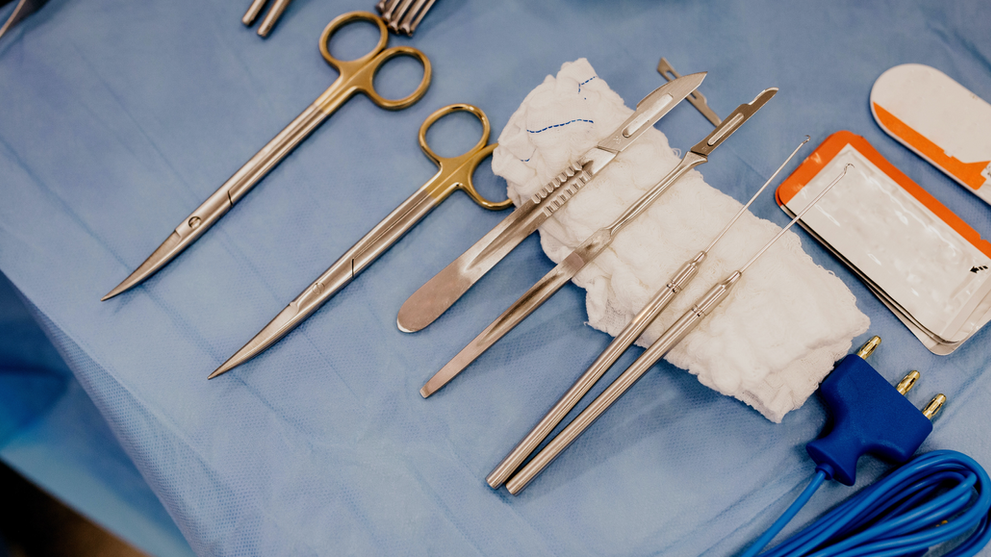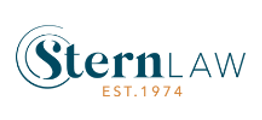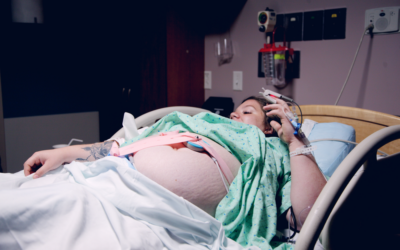Birth Injury Claims – Medical Intervention
- Incorrect choice of instrument, exacerbating perineal trauma
- Completing an episiotomy prior to the application of forceps without the woman’s consent
- Offering caesarean section without educating the woman of alternatives, including risks and benefits.
- Incorrect placement of forceps, creating bruising, haematoma and/ or lacerations to the baby’s head.
- Instrumental delivery when there is no indication but for the personal benefit of the obstetrician.
To establish an action in negligence we will request your personal medical records, which will be reviewed by specialist medical negligence solicitors and expert medical advice to determine whether the care you received failed to meet the standard of reasonable care causing harm to you or your baby. Common examples of medically assisted birth include: These are optional medical prodcedure, which is often something women can be misguided on at a time of vulnerability, placing their trust in an obstetrician as the medical professional. This is a form of medical malpractice – Women must always be educated and provide informed consent prior to these medical interventions. nn Forceps More similar to large metal spoons, forceps are a metal instrument used to curve around the baby’s head and expedite birth when a woman’s cervix is completely dilated, and immediate birth is required. nn Ventouse This instrument is attached by suction to the baby’s head and used to assist maternal pushing to deliver the baby. This instrument is less likely to cause perineal trauma to a woman than forceps. nn Episiotomy An incision (cut) made on the perineum to widen the vaginal opening during birth, to facilitate imminent birth or reduce the likelihood of a third or fourth-degree perineal tear. Caesarean Section An alternative to vaginal birth, caesarean section is a surgical procedure where the baby is removed through an incision in the abdomen. There can be multiple indications for a Caesarean section including previous caesarean section, multiple birth, fetal positioning, fetal distress, or maternal request. Induction of Labour Augmentation of labour is a method of bringing on labour artificially when medical practitioners are concerned the risks of continuing pregnancy now outweigh those of delivering the baby. There are multiple reasons for this including; postdates pregnancy, gestational diabetes, pre- eclampsia or multiple births.

Reach out to our team at Stern Law, offering a unique and individualised understanding of the sensitive nature of birth trauma claims. We will listen and provide guidance through the complex claims process. Disclaimer: The content of this article is intended only to provide a summary and general overview of matters of interest. It does not constitute medical or legal advice and should not be relied on as such. [1] Centre of Perinatal Excellence ‘Psychological Birth Trauma’ (2023)




